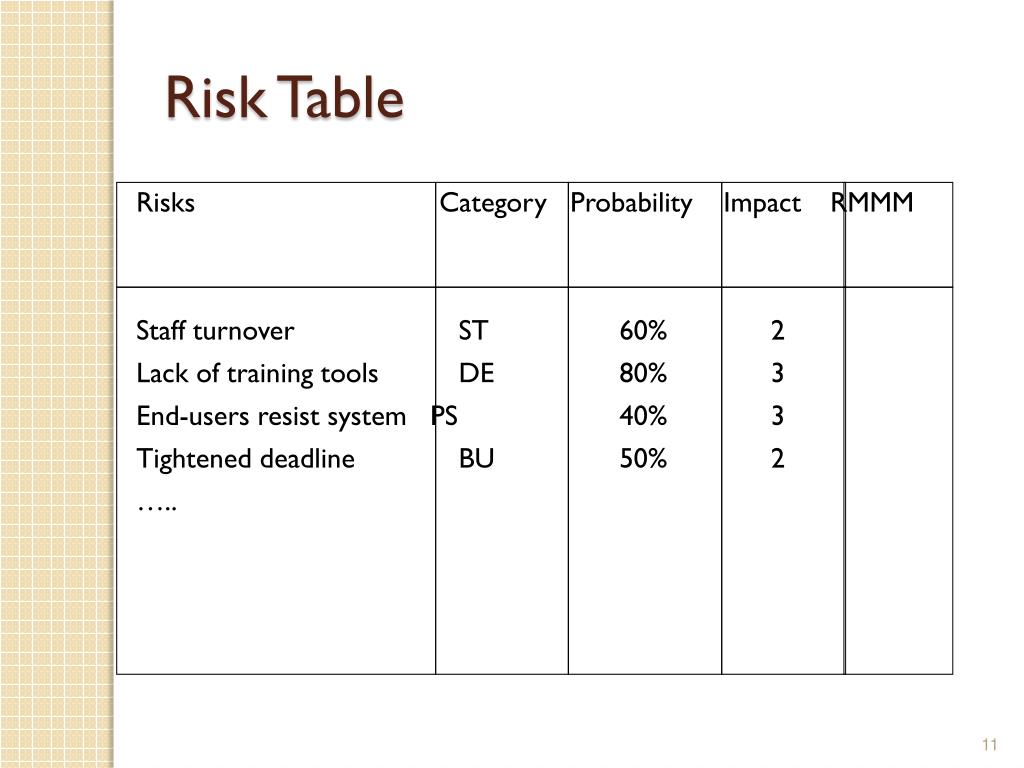

Īt the same time as the space program developments, use of FMEA and FMECA was already Possibly because MIL–P–1629 was replaced by MIL–STD–1629 (SHIPS) in 1974, development of FMECA is sometimes incorrectly attributed to NASA. FMECA was subsequently used on other NASA programs including Viking, Voyager, Magellan, and Galileo. In 1966 NASA released its FMECA procedure for use on the Apollo program.

National Aeronautics and Space Administration (NASA) were using variations of FMECA under a variety of names. By the early 1960s, contractors for the U.S. FMECA tends to be preferred over FMEA in space and North Atlantic Treaty Organization (NATO) military applications, while various forms of FMEA predominate in other industries.įMECA was originally developed in the 1940s by the U.S military, which published MIL–P–1629 in 1949. The result highlights failure modes with relatively high probability and severity of consequences, allowing remedial effort to be directed where it will produce the greatest value.

FMECA extends FMEA by including a criticality analysis, which is used to chart the probability of failure modes against the severity of their consequences. Systematic technique for failure analysisįailure mode effects and criticality analysis (FMECA) is an extension of failure mode and effects analysis (FMEA).įMEA is a bottom-up, inductive analytical method which may be performed at either the functional or piece-part level.


 0 kommentar(er)
0 kommentar(er)
